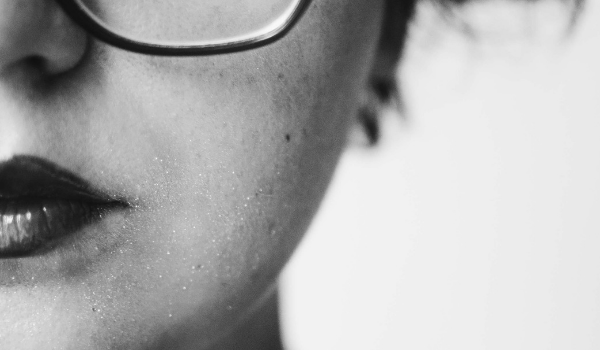Rosacea is a common skin disease that is often diagnosed in people who tend to flush or blush more easily than others. This flush/blush is typically concentrated on the cheeks and nose but can also involve the forehead and chin. Redness can even affect the ears, chest, and back. Additional findings of rosacea can include visible blood vessels and acne-like breakouts. Luckily, a rosacea laser treatment can be used to reduce the red appearance of rosacea.
So, what does a rosacea laser treatment entail? Read on to find out what you should expect from this type of treatment and some of the most common questions patients ask.
Getting a Consultation for Rosacea Laser Treatment
The first step when considering a rosacea laser treatment is speaking with your dermatologist during a cosmetic consultation. Once your dermatologist has performed a cosmetic consultation, they will determine if a rosacea laser treatment is right for you.
Laser treatment can help to reduce the redness of rosacea but will not help with acne-like breakouts. If you are prone to such breakouts, topical creams can be prescribed to reduce these bumps. It typically takes three to four laser treatments, spaced about a month apart, to adequately reduce the redness of rosacea. Even though you will need multiple rosacea laser treatment sessions, the actual procedure only takes about 15 minutes.
What Occurs During a Rosacea Laser Treatment?
You should arrive without makeup to your rosacea laser treatment. The skin will be cleansed with a special cleanser and pre-treatment photographs will be taken. Metal eye protection goggles are then placed over your eyes, which will protect them from the laser beam. A cold gel is then placed on the skin to help keep it cool during the treatment.
During the rosacea laser treatment, the laser is passed directly over the affected area, giving off pulses of energy. You may feel mild discomfort during the treatment – similar to a rubber band being snapped on the skin. To ease this discomfort, the tip of the laser is cooled, and ice is applied to the treated area once treatment is complete. Sunscreen is applied before leaving our office to protect your skin. We ask you to continue to ice the treatment area for 20 minutes out of every hour for the rest of the day and you can resume your normal skincare routine the next day. The most common side effect of the laser is swelling of the treatment area, which usually happens the day after the treatment and can last three to five days.
What Results Can I Expect from a Rosacea Laser Treatment?
Now that you know what a rosacea laser treatment is like, what results can you expect? Rosacea laser treatment can help reduce the appearance of redness and visible blood vessels.
Wavelengths of light are released by the laser and target the tiny blood vessels just below the skin’s surface. Heat from the laser builds inside of these blood vessels, causing them to shrink. After repeated treatments this shrinking effect becomes long lasting and reduces the appearance of blood vessels and redness of the skin.
Rosacea laser treatments, when completed by trained professionals, are relatively safe procedures with mild side effects. Our dermatologists at Vujevich Dermatology Associates that operate our laser are highly trained, board-certified providers who are committed to patient safety. To see if laser treatment or another type of rosacea treatment is right for you, schedule an appointment with our office today.
Vujevich Dermatology Associates offers medical, surgical, and cosmetic dermatology from some of the most highly trained physicians and clinicians in the greater Pittsburgh area. You can reach our team at 412-429-2570 or visit our contact page to see all of our locations. You can also follow us on Facebook to see what’s new in the world of dermatology.

